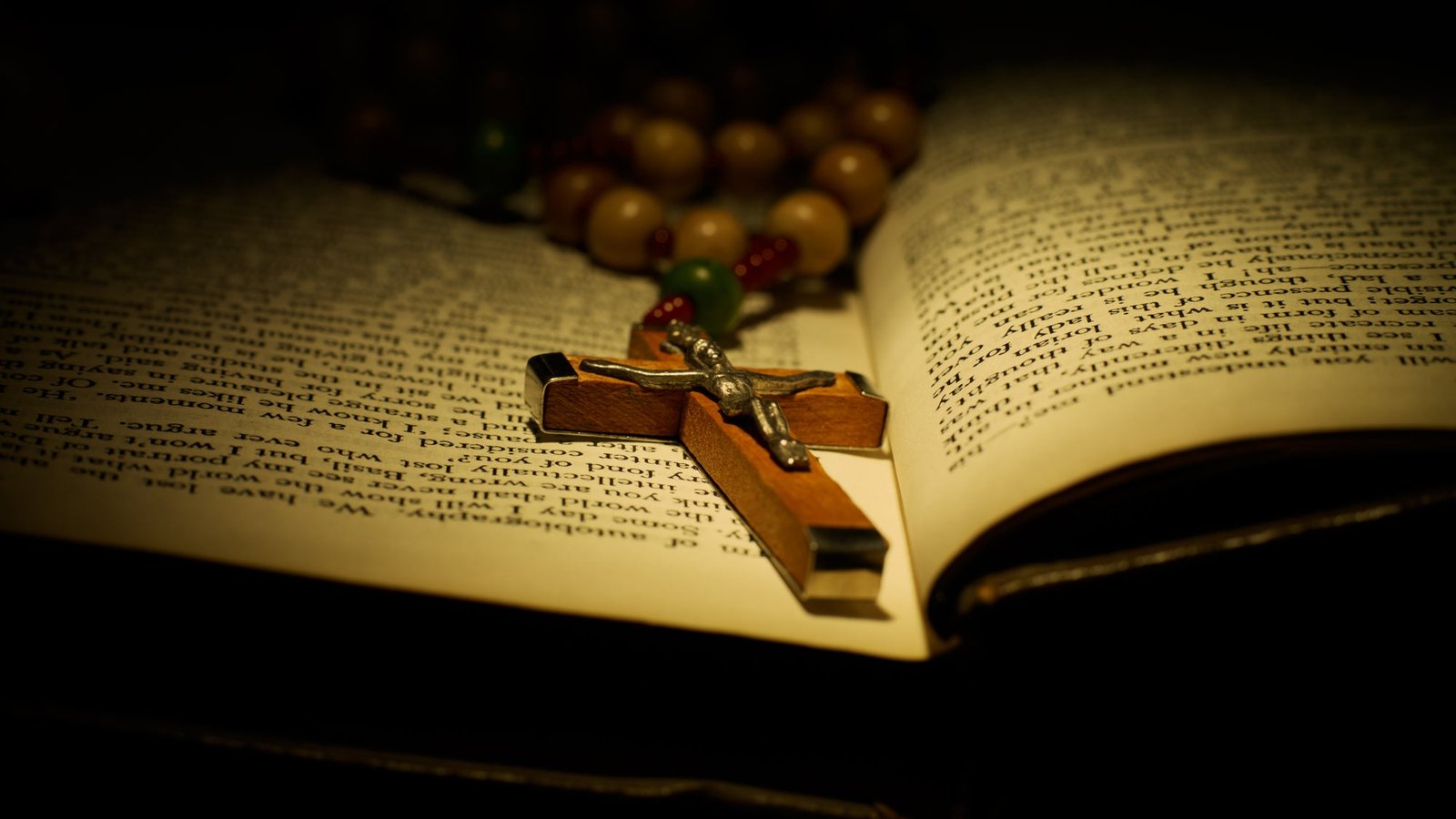Hidden Christians and Their Secret Faith
On a remote island in Nagasaki, members of Japan’s hidden Christian community continue to worship in absolute secrecy. In a modest room barely as large as a tatami mat, they honor sacred scrolls and ritual objects that have been passed down over generations. One painting depicts a kimono-clad Asian woman who, to the faithful, represents a veiled version of Mary and the infant Jesus. Another scroll portrays a man in a traditional kimono adorned with camellias—a symbolic reference to the martyrdom of John the Baptist.
A History of Persecution and Preservation
Christianity arrived in Japan during the 16th century, spreading swiftly among regional warlords and common folk, especially on Kyushu, where European traders set up bustling ports. However, when shogunal authorities began to view this new faith as a threat, a brutal crackdown ensued in the early 1600s. Many followers were killed while those who survived were forced to conceal their beliefs underground.
After centuries of hidden practice, a small group emerged in the mid-19th century to reveal their faith to a visiting priest. Although many eventually joined mainstream Catholicism following the lifting of the ban in 1873, others maintained their distinct traditions, quietly preserving rituals and prayers that had been kept secret for over 200 years.
A Living Link to a Vanished Era
In isolated communities across Nagasaki prefecture, believers continue to observe rites that date back to a time of samurai, shoguns, and clandestine worship. Leaders known as “Oji,” or elders, take turns overseeing ceremonies for significant occasions such as baptisms, funerals, and local festivals. Each community has developed its unique customs; for example, in one village a genderless Buddha-like figure serves as a symbolic substitute for Mary, while elsewhere, treasured items like a lacquer bowl with a painted cross and statues of Christ and Mary have been hidden away for generations.
Honoring Ancestors Through Ritual
For many Hidden Christians, their practices are not solely about venerating figures from traditional Christianity. Instead, their prayers and ceremonies also serve as a means of honoring their ancestors, whose steadfast faith in the face of persecution helped sustain their traditions. Some community members reject conversion to conventional Catholicism because it would require abandoning the blended practices that have been integral to their identity for centuries.
One elder explained that the rituals are as much about calling on the protection and guidance of forebears as they are about worshiping the figures of Jesus and the Virgin Mary. This unique perspective has allowed the community to maintain a hybrid practice that intertwines elements of Christianity with local customs.
The Role of Archaic Latin Chants
A striking feature of these secret rites is the use of ancient Latin chants known as Orasho. Originating from the prayer traditions brought by early European missionaries, these chants have been memorized and recited by a dwindling number of community members. During ceremonial gatherings, participants wear traditional dark kimonos and perform solemn gestures, reviving a language and set of rituals that have not been commonly heard for centuries.
Younger members, however, are less familiar with these incantations, and the practice is now limited to just a few performances each year.
Facing the Inevitable Decline
Today, the number of Hidden Christians is rapidly diminishing. With most practitioners advancing in age and the younger generation choosing modern lifestyles or relocating to urban centers, the community’s unique version of Christianity faces extinction. Local leaders and researchers alike fear that once the remaining few pass away, an irreplaceable piece of Japan’s cultural and religious heritage will be lost forever.
Efforts are underway by scholars and community elders to document artifacts, record interviews, and archive rituals in hopes of preserving at least a record of this vanishing tradition. Despite the undeniable sadness of witnessing the end of their customs, some elders remain resolute in their commitment to pass on the legacy within their families, clinging to even a small hope that their heritage might endure in memory if not in practice.

Rockin’ the faith, one verse at a time!
Growing up, the Bible’s stories deeply impacted me. Now, with over 15 years of preaching experience, I blend timeless teachings with modern technology, making them relevant for today’s world.
Bible Hub Verse is my platform to share historical insights and thought-provoking articles, exploring both familiar and uncommon Christian topics. My passion is building a welcoming online space for everyone to learn, grow in their faith, and discover the Bible’s enduring message.
Join the journey!
God bless you.








